Learn about different types of windows here. Use our window types guide below.
Double Hung Windows
Glass Block Windows
Single Hung Windows
What are the Different Types of Windows?
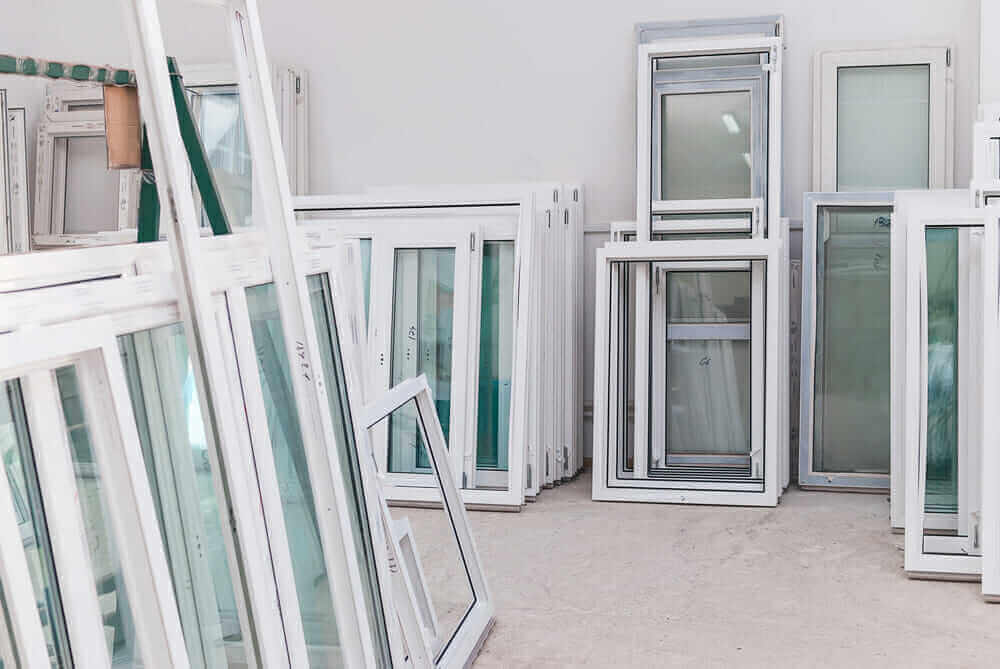
Finding the perfect windows for your home isn’t as easy as it seems. There are so many different types of windows and options available today that it can be pretty overwhelming to try to pick out the right one for your needs. Windows can be square, rectangular, octagonal and even triangular and that’s just the shape. Some windows open to the side, some slide up and others tip up like a canopy. Each of these diverse types of windows offer something special to a home, and only a homeowner that understands their options can make an informed decision to choose the right windows.
Choosing Windows Based on Cost
If you’re trying to pick out the most affordable types of windows you’ll want to go with single hung over double hung. They are more affordable overall and most people are used to them since they are the more common window choice. Typically, single hung windows are about 20% more affordable than double hung windows.
Choosing Windows Based on Utility
Double hung windows are the types of windows that are better options from a utility and maintenance standpoint. They are more versatile and easier to clean. You can get to each sash easily and clean both the outside and inside of the window comfortably from inside your home. You can also tilt the windows to allow a breeze in more effectively than you can with single hung windows.
The Different Types of Windows
Specialty Windows
While single hung and double hung windows are the standard interior options, they are not the only options available for you to adorn your home with. There are other types of windows and choices that you can pick from as well when you’re looking for different styles and improvements to make.
Double Hung versus Single Hung

Double hung and single hung windows are two of the most common types of windows that you’ll see on any home today. There is one major difference between single hung and double hung windows and that’s how the different window sections move. In single hung windows the bottom window panel or lower sash moves up and down and the upper sash remains stationary. This means that when you open the window the upper sash is covered on the inside. In a double hung window both upper and lower sash can be lowered and raised. Each one can be tilted as well.
Bay or Bow Windows
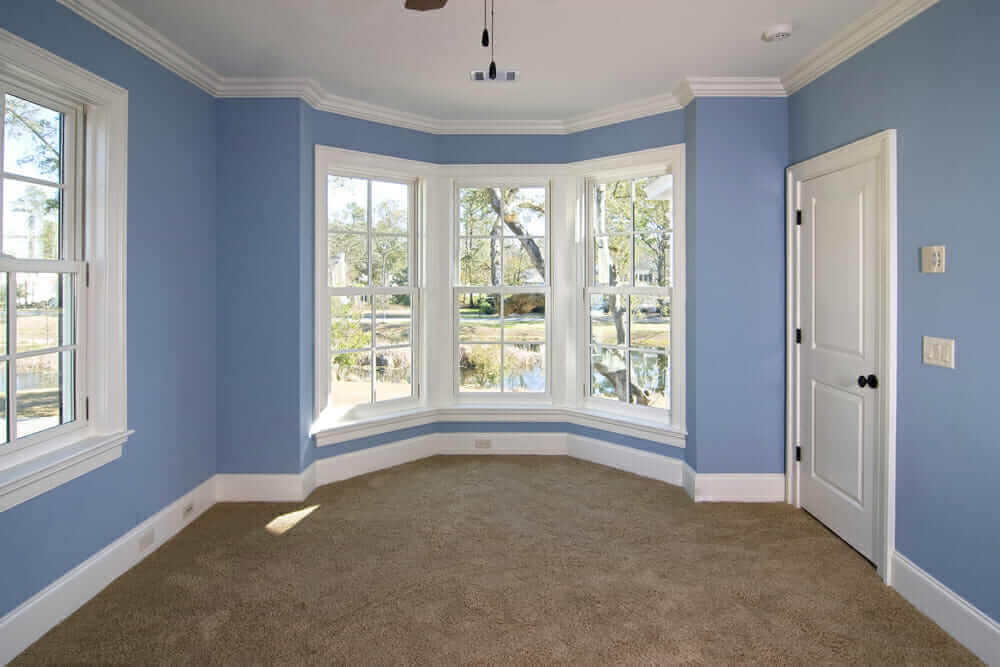
When you want a window that projects out of your home to add a bit of additional floor space you want either bay or bow windows. Each of these windows comes out of the exterior wall and creates a small shelf in the home. The larger the window is the larger the shelf is.
The windows serve as a nice architectural accent. Bay windows are usually a better fit for modern homes and bow windows better for older Victorian style homes. Bay windows rely on flat windows set into an angled frame that’s built out of the house. In fact a professional can construct a custom bay window using standard double or single hung windows in a row. Bow windows on the other hand are the types of windows that rely on custom curved windows that come together to create a circular outcropping in the home.
Both bay and bow windows are nice accents on a home, but it’s important to consider the cost of the window before making a decision. Consider that bay windows are much more affordable than bow windows. In fact, bow windows are 2.5 times the price of a similar sized bay window in most instances.
Bay windows also provide more shelf space within the home than bow windows do and many people even create a window seat with their bay windows. In the end it really comes down to personal style preference and budget.
Skylight Windows

If you’re interested in adding some light in the center of a home with limited options for exterior walls, a skylight is an excellent option. It’s essentially a window for your roof and it installs similarly to a roof vent. Some skylights open and close to allow ventilation, but most remain closed and simply serve the main purpose of bringing additional light into a home, but they also provide a nice way to look up at the stars, and can serve as attic ventilation in an attic-renovated bathroom.
Skylights must be installed by a professional and they are one of the more expensive window types available, but when you want light from your roof coming in, they are really one of your only options.
Glass Block Windows
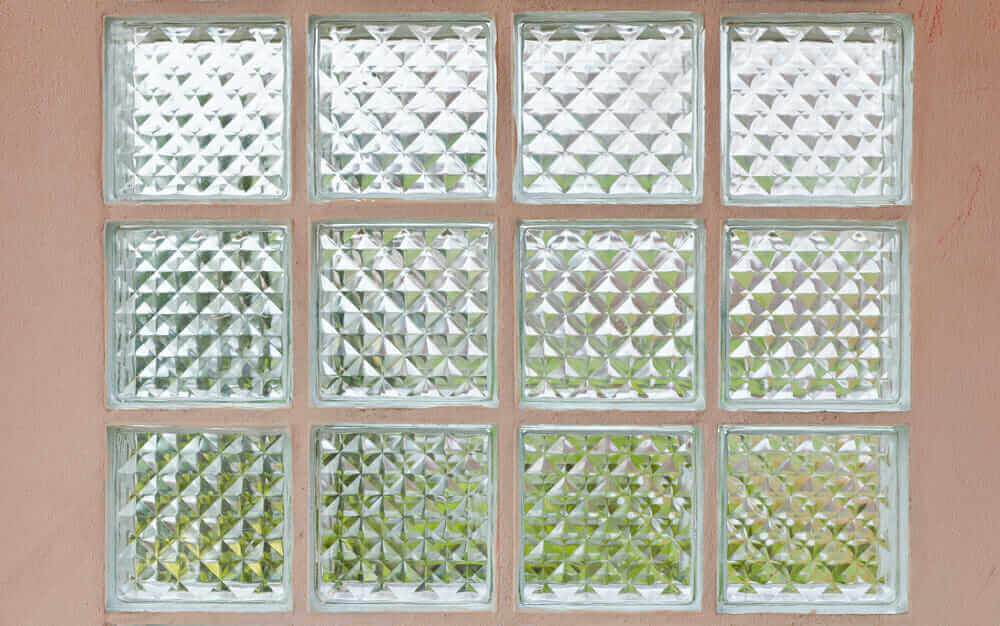
Glass block windows are typically just accents added to a section of the home to add light flow. They are most commonly purchased frosted or with designs built into the glass to provide light while also offering privacy. This makes them an ideal candidate for use in bathrooms, basements and other private spaces. When you just want a sturdy window that isn’t going to move, but you still want to be able to see out of it the windows come in clear view as well. They are a permanent solution and can’t be opened or closed. Glass block windows are around the same price as single hung windows, but they’re usually used for different projects than what single hung windows are.
Garden Windows
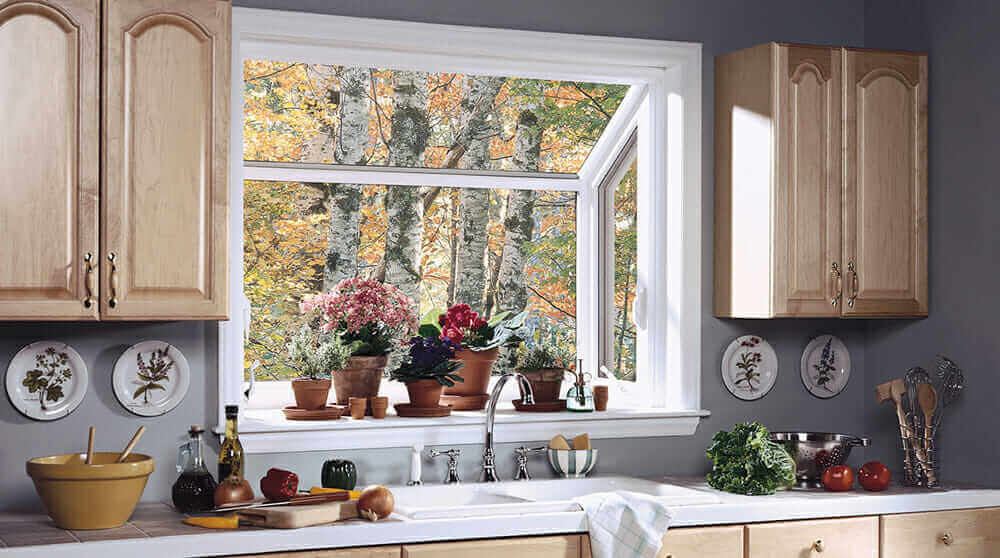
Garden windows are essentially mini bay windows that are meant for plants. They’re like little tiny greenhouses that you add to the side of your home making them incredibly accessible. These types of windows will hold many different plants, and many will even accommodate shelves so that you can add in several plants per window. Since plants need sunlight to grow, it’s only natural to create a plant growing space in your home out of an advanced window setup like a garden window.
Round Windows
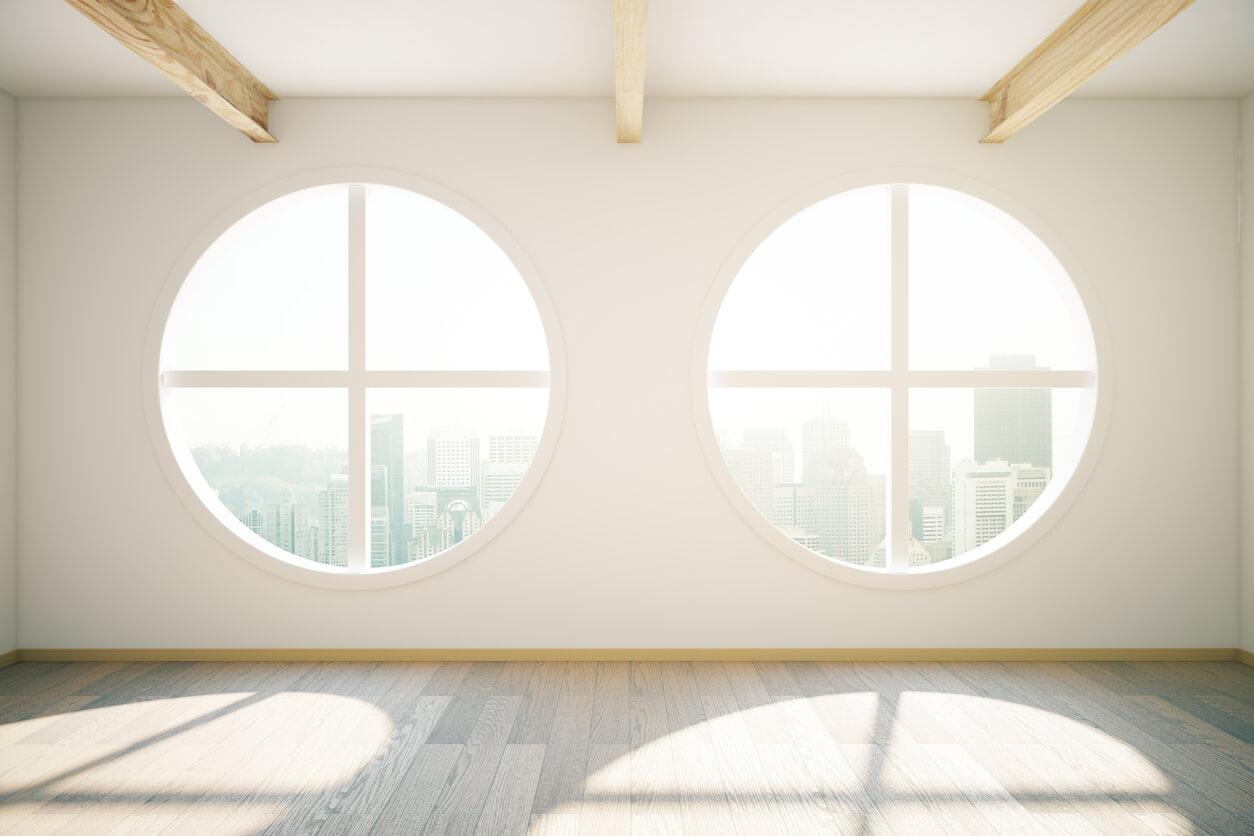
Round, half round, elliptical, or oval—the round window category encompasses many different shapes that add a note of architectural interest to your home. In particular, round windows allow you to give your space a nod to historical decor, such as Victorian or Gothic era structures.
Many round windows make perfect companions for glass doors or larger, square windows. Or they can be decked out with decorative grilles and stained glass to transform them into a show-stopping design focal point. However, adding these kinds of features will make your window replacement more expensive. Still, most will provide a one-of-a-kind look, imbuing historical homes with period-era accuracy.
Hinged or Casement Windows
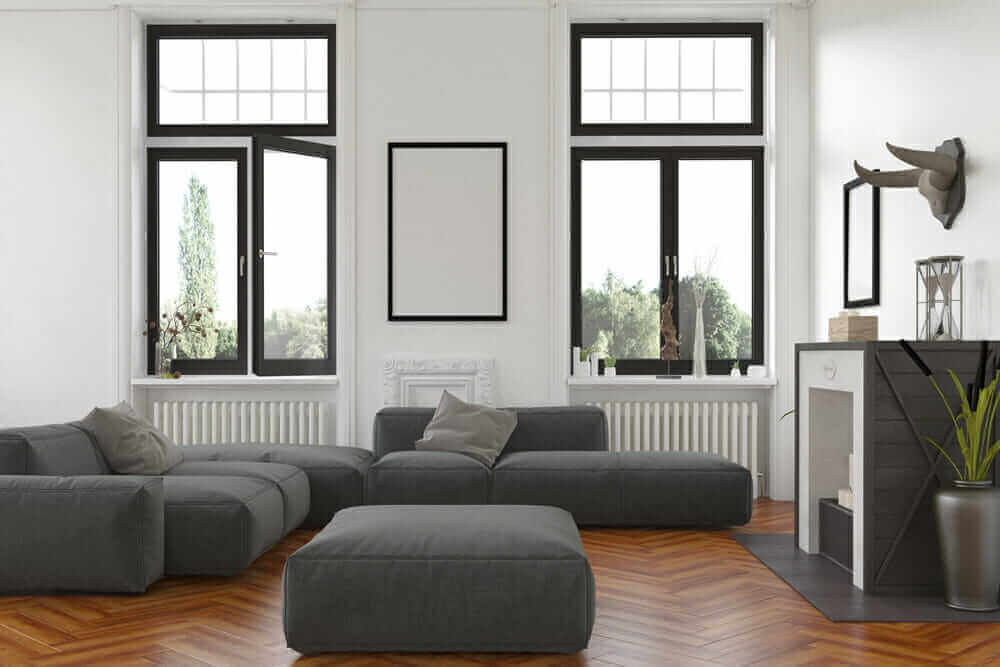
Both casement windows and awning windows are built with a hinge in their construction. Instead of sliding open like double or single hung windows, they swing out to the side or up to open. This allows the window to be constructed of solid glass and offers a less obstructed view overall.
Hinged windows are known for being excellent insulators because they do not have the separate pieces and breaks between the pieces that other options have. This helps them keep your home warmer and also keep the weather out more effectively.
Casement windows are known for being particularly effective at ventilating a space, and awning windows are ideal for climates with a lot of rain thanks to the way the window creates a water-resistant awning when opened up. These types of windows are a great choice for the particular climate described.
Custom Windows
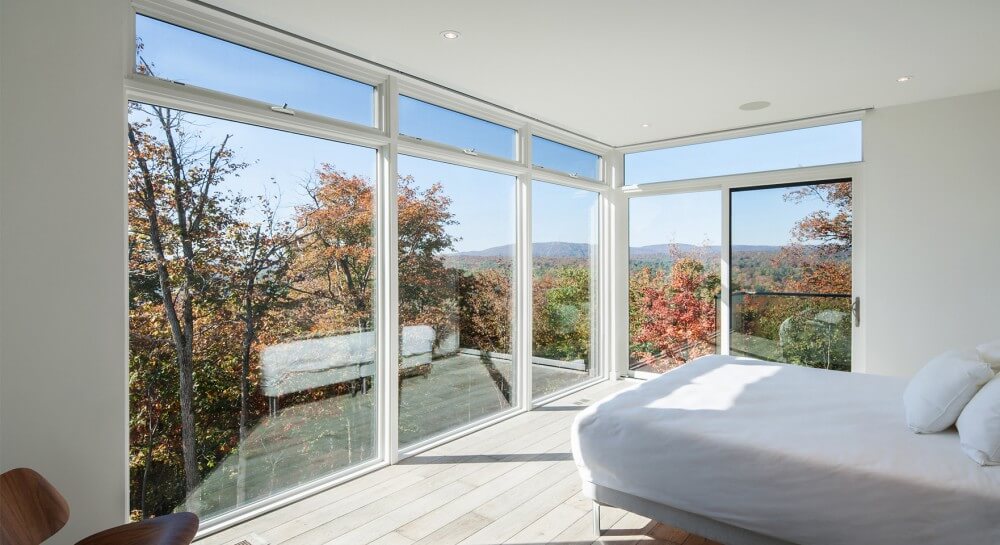
When you have a space that you want to fill and standard-sized windows aren’t meeting your needs, you can go with a custom window instead. Custom windows are crafted from dimensions that you or a professional measures in your home. These dimensions could be from an existing frame in your home or from an older custom window that you’re replacing, or they could be for a new section that you want to fill with a window. Custom windows can be as large as you want them to be, and they offer you the freedom to pick and choose exactly how your home looks. Angled windows, or rounded windows offer a more unique look than standard, square or rectangular windows do.
Egress Windows
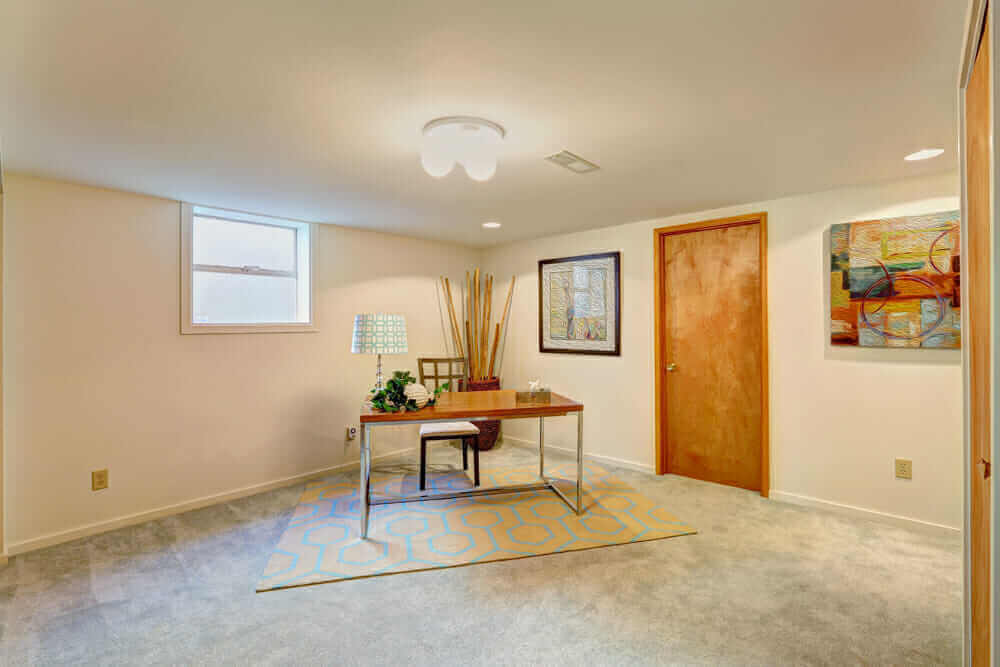
Egress windows are large windows designed for safety more than anything else. They are the windows that you climb out when you run into a problem in your home such as a fire or some other emergency that keeps you from using a door.
Egress windows are typically installed in the basement of your home. You should have at least one egress window available in each living space of your home that doesn’t have a reliable exit otherwise. Separate bedrooms in the basement should each have their own egress window to help keep everyone in your home safe. There are special requirements for fully functioning egress windows and it’s important to meet them to comply with local fire codes.
Some windows like egress must be added to your home out of necessity, and then others like skylights are simply added for their look. It’s important to understand why you want to add a particular window before having it installed. As long as you understand the different options, it’s easy to pick one that will meet your needs.
Storm Windows

Sometimes investing to swap out old windows for new more highly insulated ones isn’t the best option. While it’s certainly convenient to have quality windows that aren’t letting in the cold, studies show that you can get nearly the same results using storm windows.
Storm windows are exterior windows that install right in the same frame as your current windows. They don’t replace your windows, but add another layer of protection. They are flat panels with no breaks, and this makes them highly effective at preventing drafts and heat loss. Most people rely on storm windows when winter rolls around and they need additional protection against the elements. Compared to new quality windows storm windows are very affordable. They are simple to install as well. The only real downside to these windows is that they have to be put up and taken down throughout the year, and they limit the use of the original windows once installed, which means no ventilation.
Transom Windows

Transom windows are decorative accents added to homes to help break up the space or to create interesting features. They’re the windows that you see installed above doors in upscale homes, and they are also installed above other windows in some instances. They are typically a semicircle shape, but can be square or rectangular as well.
These windows are usually for decoration only and are designed to let in light without opening or closing, but that is not always the case. Some transom windows open up just like awning windows do, with the bottom tipping out and up to form a slightly slanted roof and let air into the home. Whether you want to decorate your home or add another source of ventilation into it, transom windows will work for your needs and they’re relatively affordable compared to full-sized windows.
Jalousie Windows
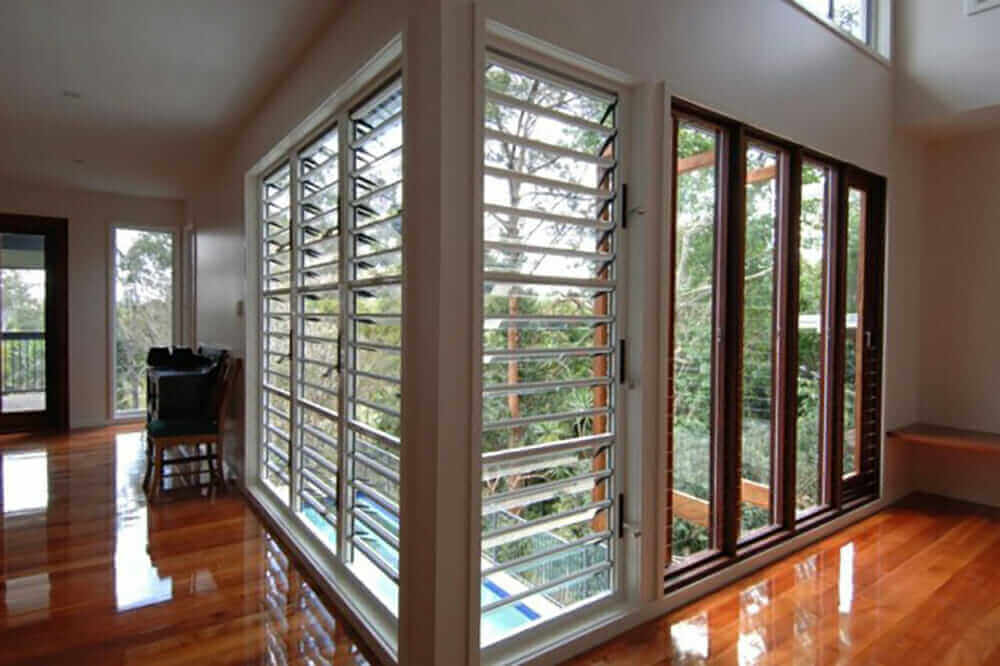
Jalousie windows are the unique windows that you’ll find on many older homes around the world. They are split into many different slats of metal or glass. The windows open like a set of blinds. Simply crank the lever and the slats tilt to the side creating a bunch of gaps for air to flow through. They were common years ago because of how easy they were to maintain and how affordable they were. Today jalousie windows are still used on some homes in warmer climates, but they simply don’t provide enough insulation to justify use on homes in cooler climates.
Picture Windows
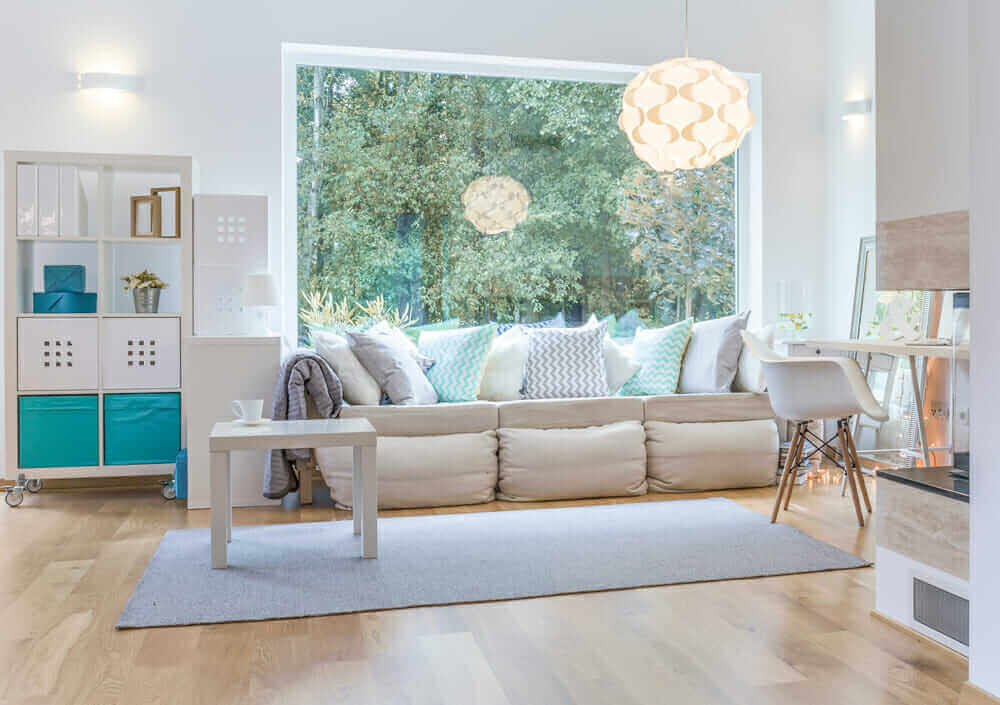
There’s just something enjoyable about looking out a nice big picture window to a great view beyond. Whether you have a lush green back yard that you want to admire, a mountain range or some other beautiful view, the best way to do it is with a picture window. Picture windows are typically larger windows that don’t have any breaks and provide unobstructed views.
They are known as picture windows because they seemingly turn the outdoors into pictures for you to admire. These windows don’t normally open up and aren’t good for ventilation or for emergency escape. They are however one of the best options available for simply admiring nature and letting more light into your home.
Sliding Windows

If you’ve ever operated a sliding glass door you should be able to visualize a sliding window quite well. You have two sections that are usually made from single windows and one of the sections slides horizontally over top of the other to open or close. This means that only half the space of a sliding window can be utilized for ventilation purposes. Sliding windows are typically used in homes with short walls because they don’t take up as much vertical space.
They can make the walls seem taller while still providing the same amount of ventilation that a double or single hung window would have. They also make it easier to position your furniture in a short home without setting it in front of your windows. These windows are normally installed near the upper portion of a wall, leaving more space between the floor and the bottom of the window than windows that operate vertically.
Arched Windows
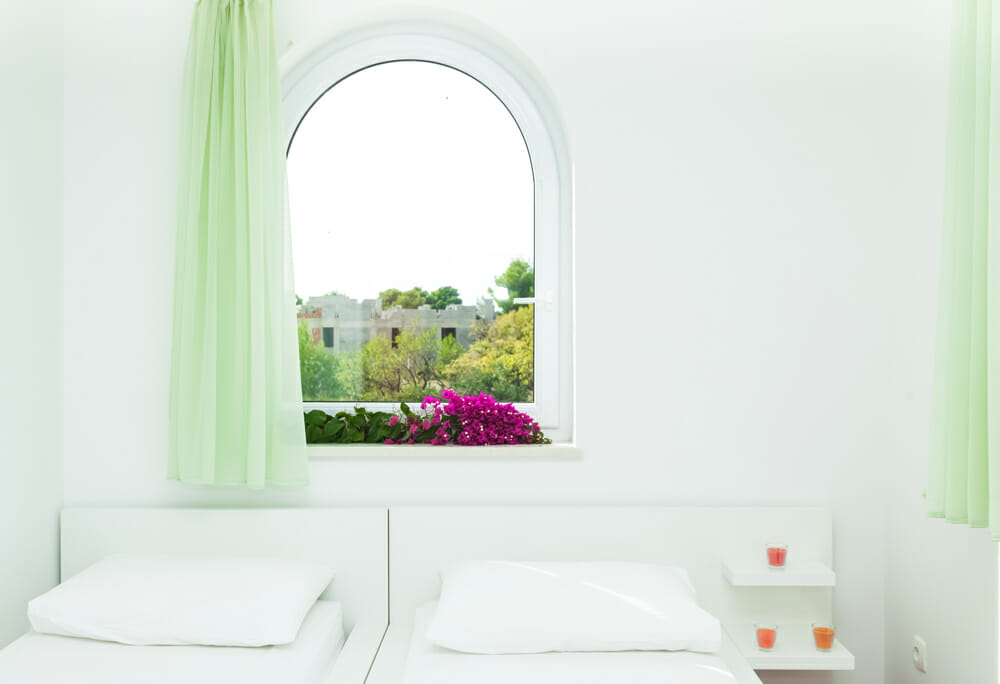
There’s something appealing about a home with arched windows. It’s likely the added architectural complexity that the windows add to the home. Arched windows are windows with a rounded top and they can give homes an artistic feel when used properly. Most arched windows aren’t designed to open or close and they are installed up above more standard windows that provide the ventilation and escape route if necessary, but this is not the case for all arched windows. There are some that open like casement windows do, to the side like a door. These windows offer excellent ventilation and they still give the appeal that arched windows were designed for.
Hopper Windows
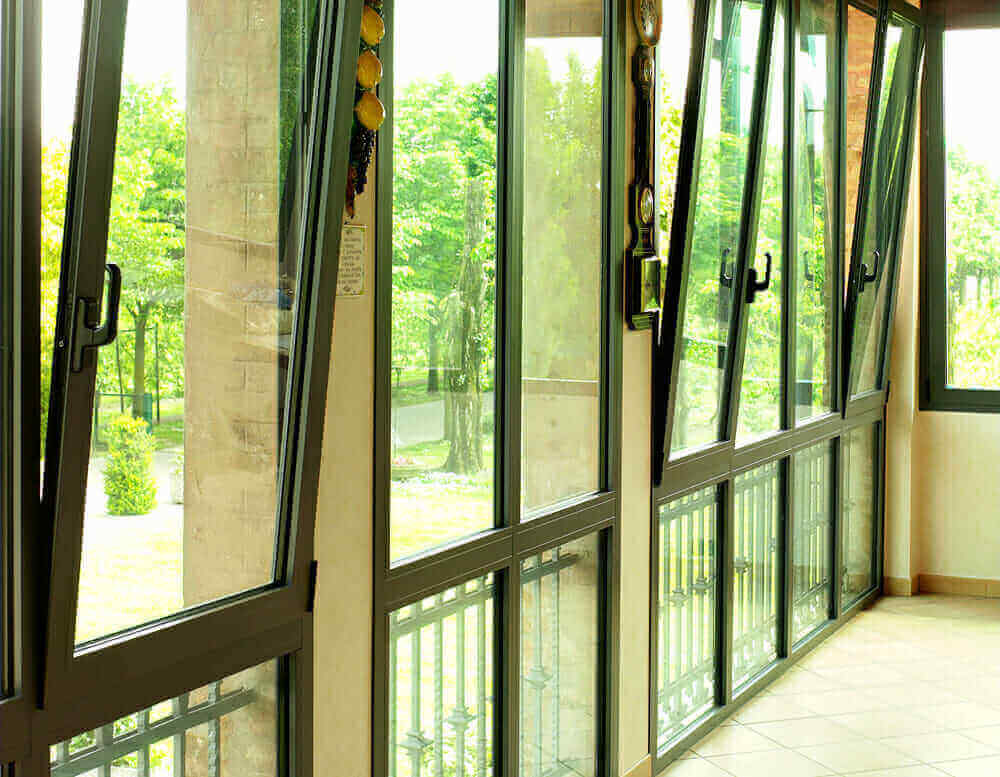
Hopper windows open up from the top and usually crank open to tip down and into a home, basement, garage or other building type. These windows offer excellent ventilation and they are good at making use of compact spaces. That’s why they are commonly found in basements around the country. Hopper windows are known for providing excellent insulation, because they seal right up against the frame when closed all the way. They open with a slight upward slant to help keep debris from flying into a home when the window is located close to the ground, for instance when used in basements. Hopper windows are also used in bathrooms commonly for insulation.
With so many different window types to choose from it can be intimidating trying to decide on the right types of windows for your home. To choose the best option simply consider each type individually and try to decide which ones will offer everything that you need. After you decide on the right windows it’s only a matter of finding a qualified installer to put them in and you can start enjoying the benefits of modern windows, including all the energy saved.
Комментариев нет:
Отправить комментарий